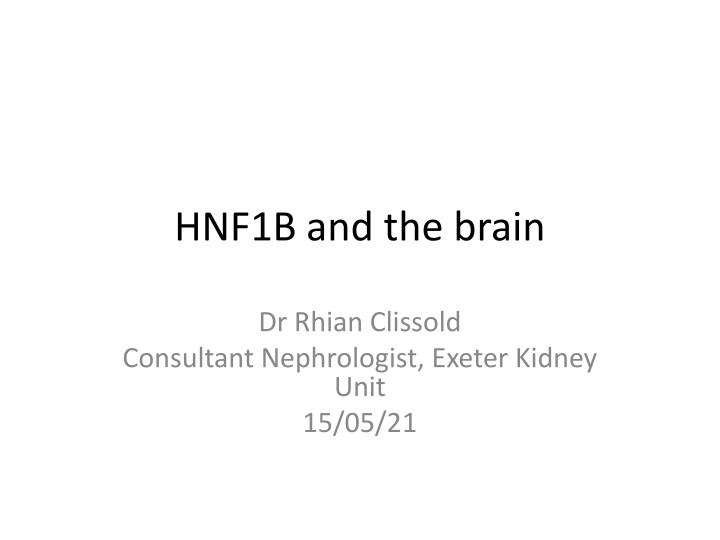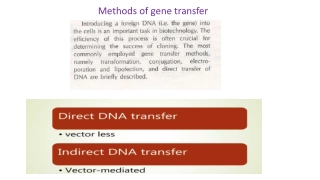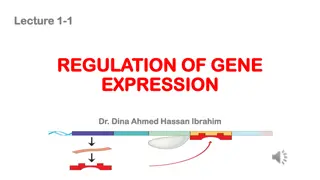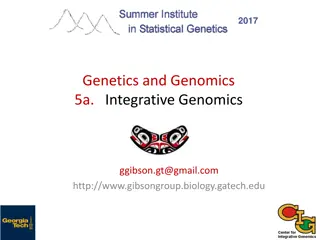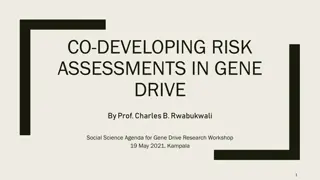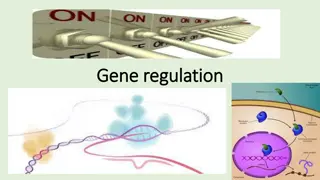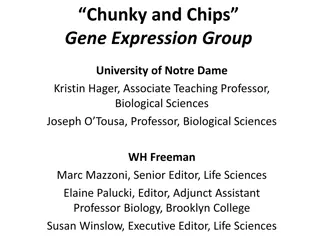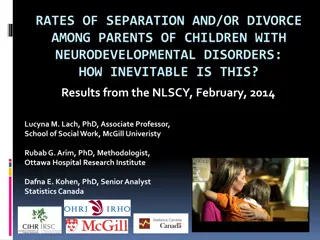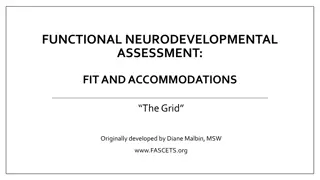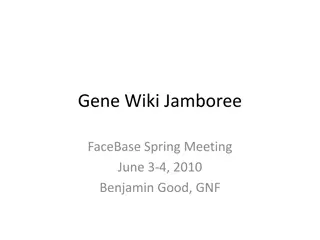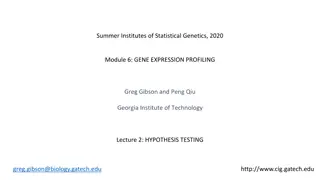HNF1B Gene Deletion and Neurodevelopmental Features Comparison
In this study conducted by Dr. Rhian Clissold, the neurodevelopmental features of individuals with HNF1B gene mutations or large deletions were compared. The aim was to determine if having only one copy of the HNF1B gene is the causative factor. Through clinical evaluations and behavioral screenings, it was found that individuals with large deletions exhibited higher levels of difficulties and impact, particularly in children. This research highlights the importance of recognizing neurodevelopmental issues in individuals with specific genetic variations. Referral for psychological assessment is recommended if concerns arise.
Download Presentation

Please find below an Image/Link to download the presentation.
The content on the website is provided AS IS for your information and personal use only. It may not be sold, licensed, or shared on other websites without obtaining consent from the author.If you encounter any issues during the download, it is possible that the publisher has removed the file from their server.
You are allowed to download the files provided on this website for personal or commercial use, subject to the condition that they are used lawfully. All files are the property of their respective owners.
The content on the website is provided AS IS for your information and personal use only. It may not be sold, licensed, or shared on other websites without obtaining consent from the author.
E N D
Presentation Transcript
HNF1B and the brain Dr Rhian Clissold Consultant Nephrologist, Exeter Kidney Unit 15/05/21
Most people with HNF1B whole gene deletion have large 17q12 deletion
17q12 deletion not initially thought to be associated with neurodevelopmental disorders Am J Hum Genet 2010, 87(5):618-630
Aim To compare neurodevelopmental features of people with either an HNF1B mutation or large gene deletion To see if having only one copy of the HNF1B gene is the cause
Methods Individuals recruited from four sites in UK Total=38 Clinical evaluation Review of medical records and participant/parent interview Brief behavioural screening: Strengths and Difficulties Questionnaire (SDQ) Autistic traits: Autism Spectrum Quotient (AQ) Cognitive ability: Kaufman Brief Intelligence Test
Brief behavioural screening Carried out in 4-16 year olds using the SDQ (total=14) Questionnaire completed by parents and included 25 items on psychological attributes covering 5 areas: 1) emotional symptoms 2) conduct problems 3) hyperactivity/inattention 4) peer relationship problems 5) prosocial behaviour An impact supplement was also administered
Higher levels of difficulties and impact in children with a deletion
Other findings Large deletions were associated with more autistic traits IQ was similar in both HNF1B mutation and deletion groups
Summary Neurodevelopmental features only seen in individuals with a deletion Having only one copy of HNF1B gene not the cause Ensure referral for appropriate psychological assessment if concerns arise
Total=180, average age=9.6 years 119 children with deletion, 61 with mutation Special educational needs: 12.7% of children with an HNF1B deletion 3.6% of children with an HNF1B variant ~90% of children carrying an HNF1B mutation or deletion have a normal schooling in a general educational environment These results should be taken into account in prenatal counselling
